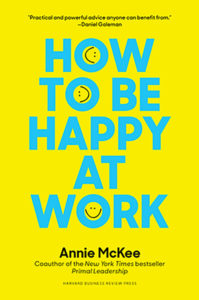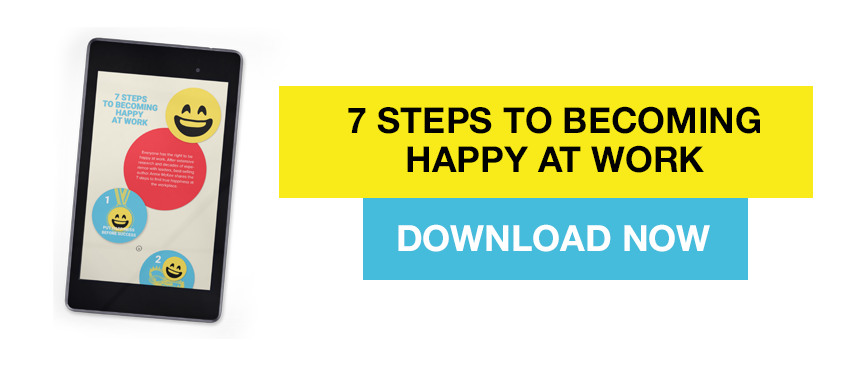Resonant relationships require people to know each other, and more than just knowing what is in their hearts and minds. To be resonant with others, you have to be in tune with them. This requires something deeper than having a mental model or an intellectual insight into another person. Being in tune with others involves caring about them—and that is what invokes compassion. You feel curiosity, respect, and real empathy. Being in touch with others and feeling compassion has other benefits: it arouses Renewal. So, compassion is a key to Renewal, and a key to unlocking the chains of the Sacrifice Syndrome.
Compassion Is Empathy In Action
Compassion is empathy and caring in action. Being open to others enables us to face tough times with creativity and resilience. Empathy enables us to connect with people. It helps us get things done, and to deal with power stress and the sacrifices inherent in leadership.
In order to be empathic, we must begin with curiosity about other people and their experiences. Most people are born with curiosity—we only have to look at the bright eyes of a healthy four year old to see it in its pure form. At that age, the world is a miraculous place full of mysteries to explore. Sadly, as we age we often lose the ability to see things–and people–through a clear lens. We end up seeing the world through a filter of our own beliefs. Much miscommunication happens because people’s ability to take in information from each other is seriously curtailed by their prejudgments. Carried to the extreme, a relationship can be ruled by prejudices and stereotypes, with very little real information passing between people, never mind actual connection and understanding.
Overcoming Prejudgments
It is impossible to be free of all prejudgment—we simply could not live in the world without some assumptions. However, effective leaders are able to suspend automatic judgment, and can work to understand other people without filters. Effective leaders care enough to want to learn about other people, to feel what they feel and see the world the way they do. And then they do something with it.
We define compassion as having three components:
- Understanding and empathy for others’ feelings and experiences
- Caring for others
- Willingness to act on those feelings of care and empathy
When compassion is experienced, a person does not assume or expect reciprocity or an equal exchange. Compassion means giving selflessly. This goes beyond the common definition of compassion in the West and within Buddhist philosophy; both traditions tend to link compassion with empathy and caring for others who are in pain. We believe compassion incorporates the desire to reach out and help others whether or not their condition is based on suffering and pain. Our definition of compassion, then, is closer to that of Confucian philosophy: compassion is the emotional expression of the virtue of benevolence.
Empathy Versus Sympathy
People often confuse sympathy, that is, feeling sorry for someone, with caring about someone and feeling compassion. Some of this confusion is the fault of the field of psychology and a limited view of what has been called “need for affiliation.” For decades, wanting to be close to others was viewed as trying to fill a deficiency, or need. Freud and others fueled this perspective. Even today, some of the widely used measures of this motivation look at how people are more likely to attempt to avoid rejection rather than to act on their non-anxious desire and enjoyment of being close with others. This view of relationships is based on a deficiency model – and assumes that a need for affiliation is really just filling a gap in a person’s desires. At a deeper level, the model assumes that a desire for closeness is based on the fears or anxiety of being rejected.
What Drives Human Relationships?
So people aroused by a need for affiliation look for evidence that their loved ones or close friends really care about them. They value proof such as frequent declarations of affection, frequent calls, visits, chances to spend time together, and even some degree of exclusivity. For example, wanting to know you are someone’s best friend might be seen as evidence that the person is less likely to reject you.
At the opposite end of the spectrum lies what we consider to be a more positive, non-anxious form of intimacy or desire to be close to others. It is not based on reciprocity or the need for declarations of any kind, and does not require proof of affection. Rather, we are looking at the drive for relationship and regard from a glass half-full perspective: our desire for contact and intimacy are natural and we derive great satisfaction and pleasure from compassionate relationships. From this perspective, we simply enjoy being with certain other people. When we come together, it is as if we have not been apart, even if years have intervened. We can comfortably pick up the relationship where we left off and not feel as if something was missing. It is this form of the affiliation drive that is the basis for the experience of compassion.
So compassion is empathy in action. It is based on a wholesome desire to connect with others and to meet their needs. The best way to understand what compassion is, however, is to see how it actually leads, in practice, to the renewal of both leaders and those around them, and ultimately to sustainable resonance and results.

You Deserve to Be Happy at Work
Based on extensive research and decades of experience with leaders, How to Be Happy at Work deepens our understanding of what it means to be truly fulfilled and effective at work and provides clear, practical advice and instruction on how to get there―no matter what job you have.
